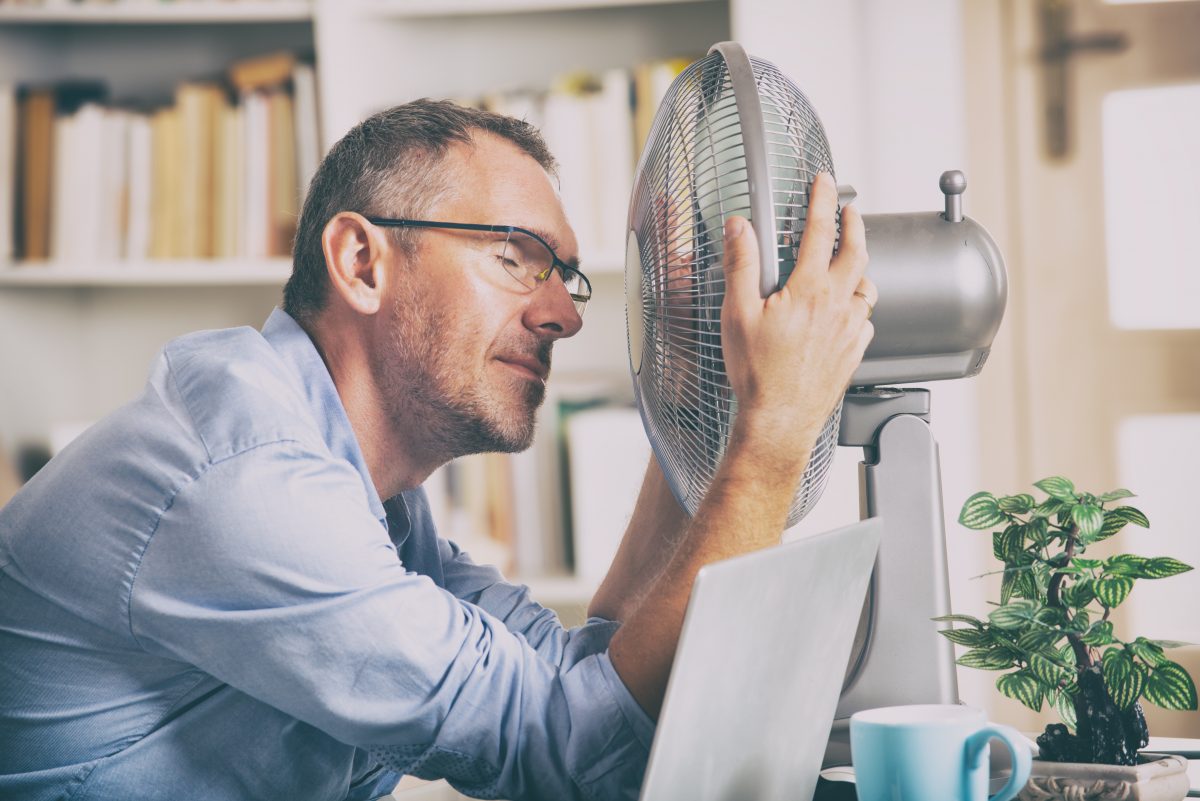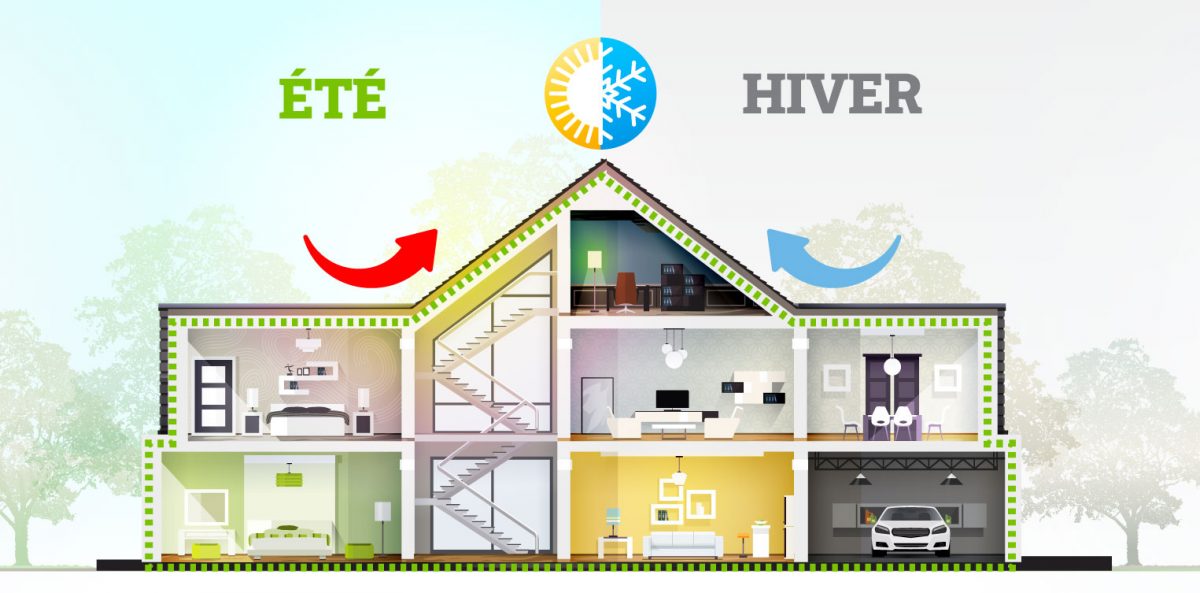Would you like to spend pleasant summers in your home? With summer temperatures on the rise and global warming showing no signs of abating, it's essential to think about the thermal inertia of your home!
What is thermal inertia?
Summer thermal inertia is different from insulation. It represents a building's ability to absorb, store and release heat during the summer months. As you know, during the hot summer months, sunshine and high temperatures cause heat to build up inside buildings.
Summer thermal inertia is an important concept when designing a building and its external fittings, as it has an impact on thermal comfort, energy consumption and the performance of air-conditioning systems.

The thermal inertia of concrete
Concrete is known for its ability to store and release heat, making it a material with a high thermal inertia. This is estimated at between 2,400 and 2,610 Kilojoules per m3 per degree (KJ/ m3.K). For example, its capacity is two and a half times greater than that of timber (960 KJ/m3.K) and four times greater than that of terracotta (630 KJ/ m3.K).
Concrete's high density enables it toabsorb heat during periods of overheating and release it when the ambient temperature falls, helping to stabilize the interior temperature of buildings. This characteristic can reduce heating and cooling requirements, improvingoverall energy efficiency.
Concrete and polystyrene, the perfect combination
The combination of concrete and polystyrene in construction offers an interesting solution for exploiting the advantages of each material. EUROMAC2 insulating formwork blocks consist of 2 polystyrene walls held together by thin metal spacers, inside which concrete is poured at floor level. You can choose from different formwork block thicknesses and thus choose the thermal performance of your walls.
The use of high-inertia concrete combined with polystyrene insulation for exterior and interior wallsoptimizes overall energy efficiency. You'll benefit from the thermal stability offered by concrete, while reducing heat loss thanks to the insulating properties of polystyrene.
Bioclimatic buildings
Bioclimatic buildings are designed to take into account the specific climatic and geographical characteristics of a region. The aim is to maximize the advantages offered by the local climate, such as sunshine, prevailing winds and seasonal temperature variations, in order to reduce energy consumption for heating, cooling and lighting.
Several techniques are used in bioclimatic construction to optimize energy efficiency. These include the orientation of buildings to maximize sunlight and minimize exposure to cold winds, theuse of materials with high thermal inertia to regulate temperature variations, reinforced thermal insulation to minimize heat loss, and the use of passive devices such as solar canopies, skylights and natural ventilation. Our EUROMAC2 construction system is recommended for the construction of bioclimatic buildings, thanks to the use of concrete with high thermal inertia and polystyrene for reinforced insulation.

Would you like more information about EUROMAC2 constructions and thermal inertia? Our teams will answer all your questions !





